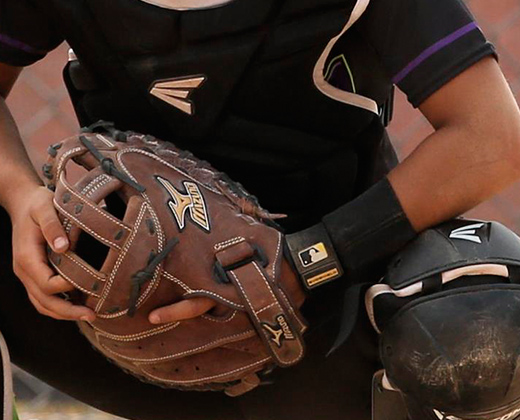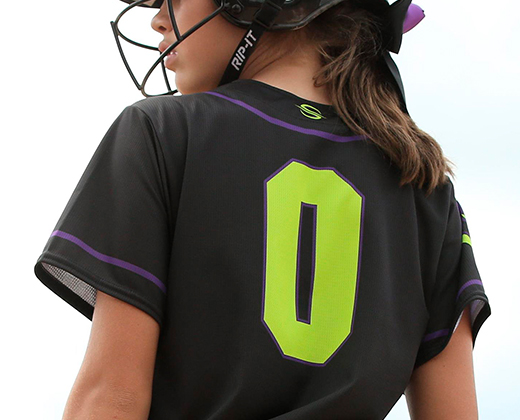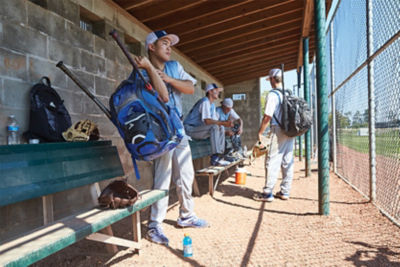Softball Catcher Skills: Receiving
Become a better batterymate with crisp catching and framing skills behind the dish.
When a catcher gets into position behind the plate, they have several responsibilities to help their team get out of an inning unblemished.
No. 1 on that list is receiving the pitch.
“The main focus of a catcher is to receive pitches,” Junior National Team Gold Medal-winning Coach Pam Newton says. “A dependable catcher builds confidence, chemistry and trust in their pitcher.”
HOW TO
When receiving a pitch, you should start in an athletic stance and:
- Keep your feet square to the pitcher.
- Maintain flexion in your ankles, knees and hips.
- Have your mitt in a relaxed, low position.
Where the ball is thrown will make a difference in how you receive it. For example:
- When a pitch is in the middle of the plate, you should catch the ball with a horizontal mitt position.
- When a pitch is on the inside or outside of the plate, turn your mitt to a vertical position. This can help you frame the pitch, or make a pitch look more like a strike to the umpire.
You'll also need to be prepared if the pitch is high or low:
- Catch a high pitch on the top of the strike zone and framed.
- Catch a low pitch aggressively out in front before it gets any lower.
BAREHAND CATCHING DRILL
A good drill for you to use is the barehand catching drill. Start by:
- Removing your mitt.
- Next, get into your catching stance.
- Finally, have a coach or teammate flip tennis balls toward you to work on catching and framing with your bare hand.
“A good receiver can make the difference between balls and strikes and, sometimes, outs,” Newton says.
Having strong receiving skills can also help build confidence in your pitcher. You can help your pitcher by giving readable signs and clearly calling pitches. Check out tips on how to help your pitcher and properly set yourself up for discreet, easy-to-read signing.








